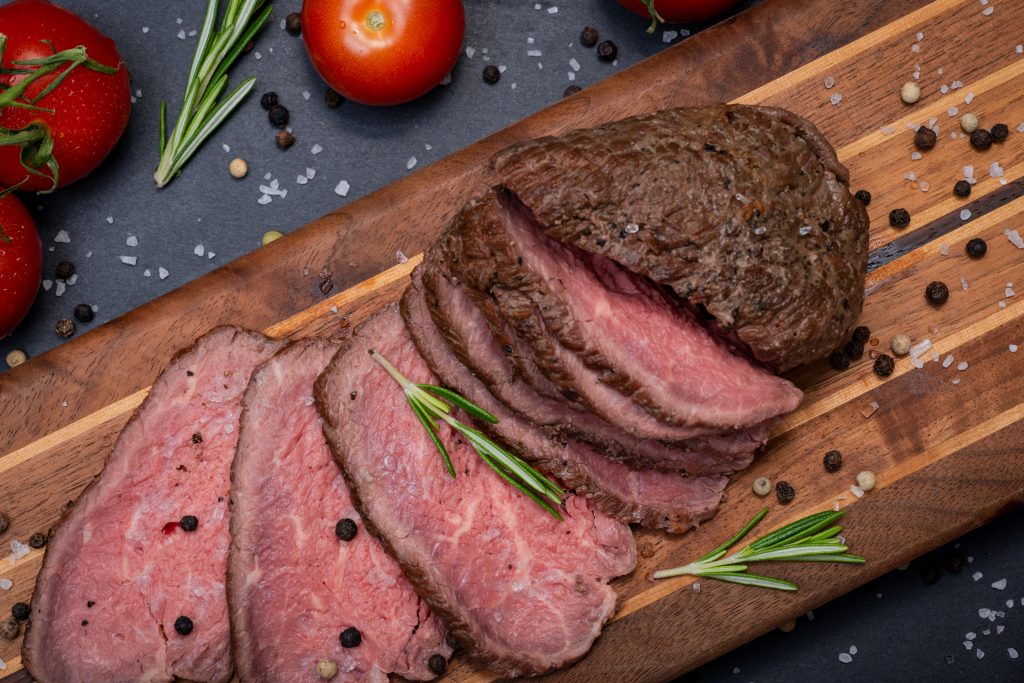If you eat a lot of Asian cuisine, you may be familiar with tamarind sauce or chutney.
It has a sweet yet tangy taste which enhances the flavor of the dish. Super delicious and just wait until you hear all the healthy things it does for your body!
What is Tamarind?
Tamarind is a tree that grows in tropical countries. India is the largest producer of tamarind. Tamarind trees produce a pod-like fruit, which you'll find a lot in Indian cuisine. Some savory dishes, soups and bases in Indian Cuisine use the pulp for its flavor.
3 Reasons Your Body Loves Tamarind
Plenty of studies show that tamarind is beneficial for your health. Here are some interesting findings on just how good it is:
1. Heart Health: A study on rats found that tamarind dropped cholesterol and body weight.
The experiment was on obese rats fed with tamarind extracts for 10 weeks. Researchers found that tamarind extracts reduced fat tissues and regulated the use of fat.
2. Antioxidant: Tamarind has a slew of antioxidants that fight free radical damage.
A lab study found that tamarind extract boosted the body's antioxidant defense. Some of the antioxidants include limonene, geraniol, safrole, cinnamic acid and alkylthiazoles.
3. Removes fluoride: Eating tamarind in your diet helps in excretion of fluoride.
Fluoride when consumed at more than 1 mg per liter causes fluorosis. This affects bones, teeth and other internal organs resulting in deformity.
Tamarind helps remove excess fluoride in the body through urine.
TweetTamarind nutrition: Thirty grams of tamarind (about a lime size) gives –
71 calories, 18 grams of carbohydrates, 0.9 grams of protein, about 1 mg iron, and 1.5 g of fiber.
Using 100 grams of tamarind will help you get the recommended daily allowance of some key nutrients like:
- 36% of the RDA for thiamin
- 23% of the RDA for magnesium
- 35% of the RDA for iron
- 16% of the RDA for phosphorus
How to use tamarind?
Tamarind is available in most Asian grocery supply stores in 2 forms. One is the raw tamarind pulp, and the other is tamarind paste.
It's available as a paste wrapped in cellophane as blocks. A few stores sell the powder form as well. The blocks store well in room temperature for up to a year. If you use tamarind paste from jar refrigerate it after opening.

If you use a lime size piece of tamarind pulp from the blocks, it is about 30 grams.
To extract tamarind from the blocks, soak them in warm water for fifteen minutes. Rub the pulp between your fingers so the pulp and fiber separate. Use a strainer, so the fiber remains on the strainer. You can discard or use this as compost.
The resulting pulp is like apple sauce in consistency. You can use this in your recipes. Here are some easy ways to use tamarind in your recipes.
How do I eat tamarind?
In soups : Add a teaspoon of tamarind pulp to your soup or broth for a tangy twist. Note, if you use tangy tomatoes in your recipe, it's a good idea to reduce the number of tomatoes in your recipe.
With lentils & beans: Add a teaspoon or more if you prefer to your lentil curry. Be sure to cook for few minutes to get rid of the raw smell.
Others: You can make a thin soup with tamarind water, salt and pepper to ease digestion. You can add tamarind water to stir fries, sauces or curries.
Tamarind's delicious tangy flavor can blow you away. Besides, it comes with plenty of positive health effects. Tamarind, is a great addition because it's wholesome and rich in nutrition.
Yours in Health,
Danette
P.S. I'd love for you to share this article with your friends and don't forget to leave me a comment below.



